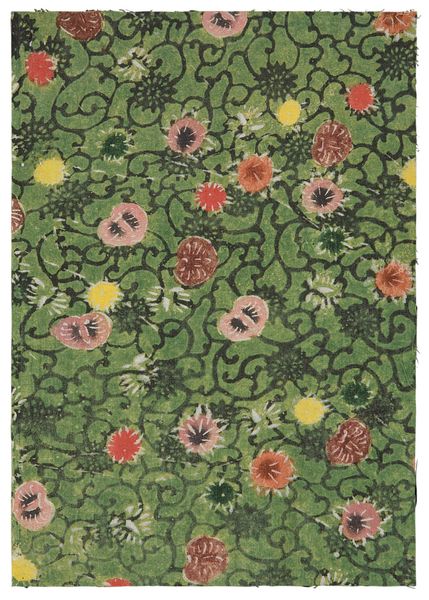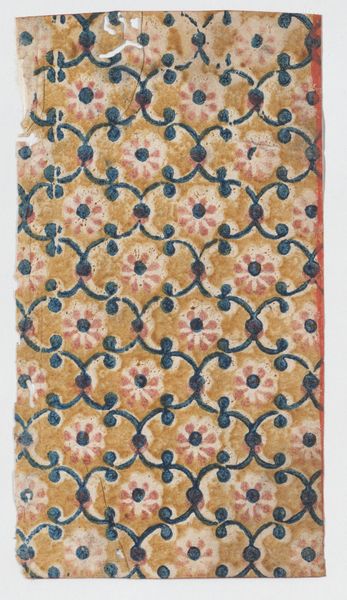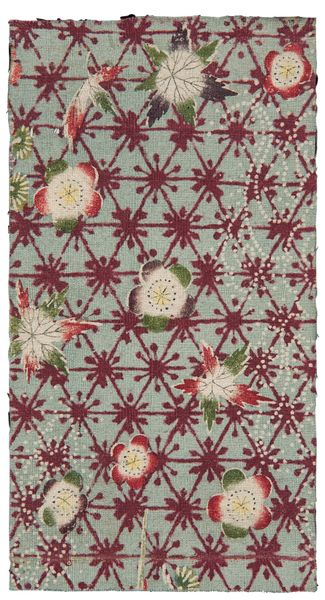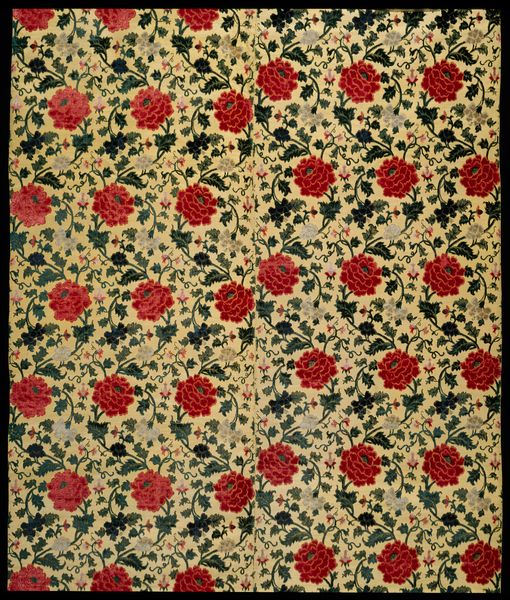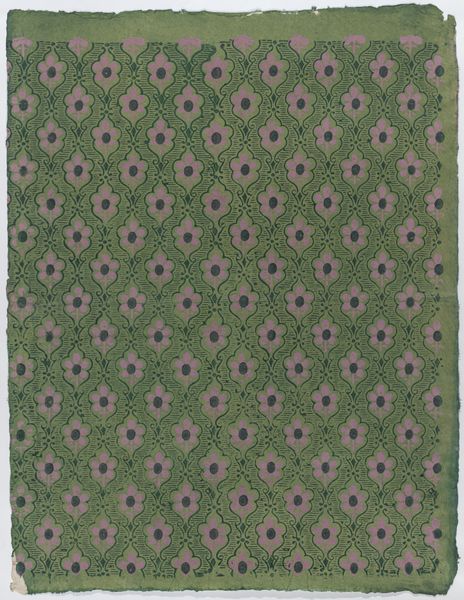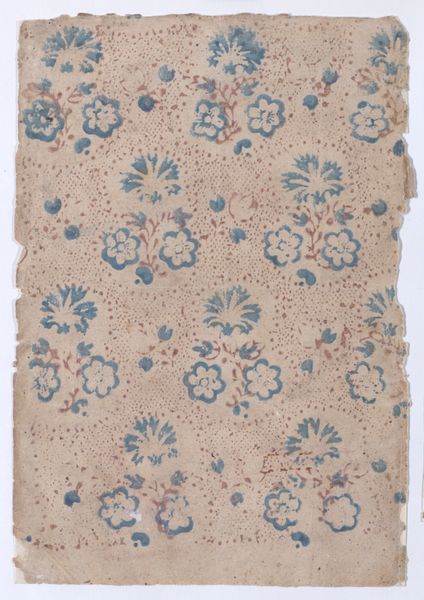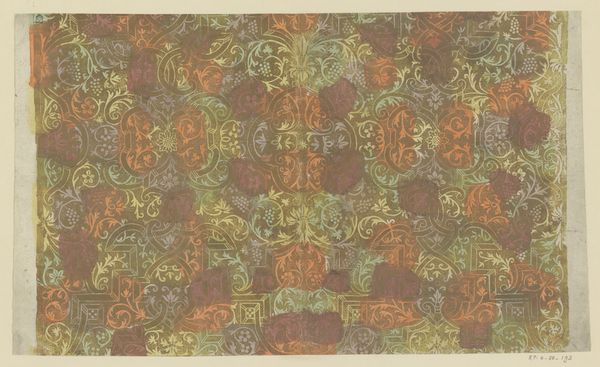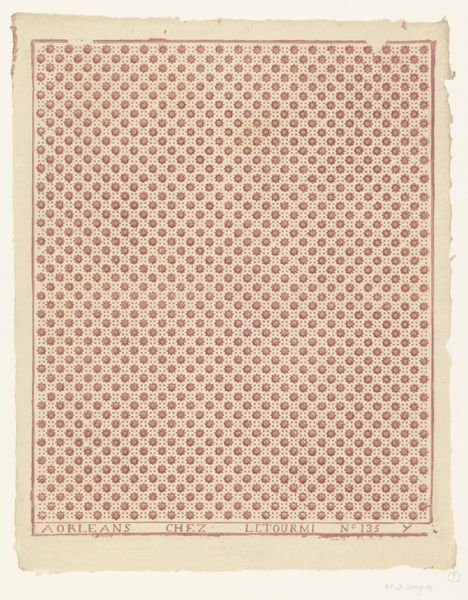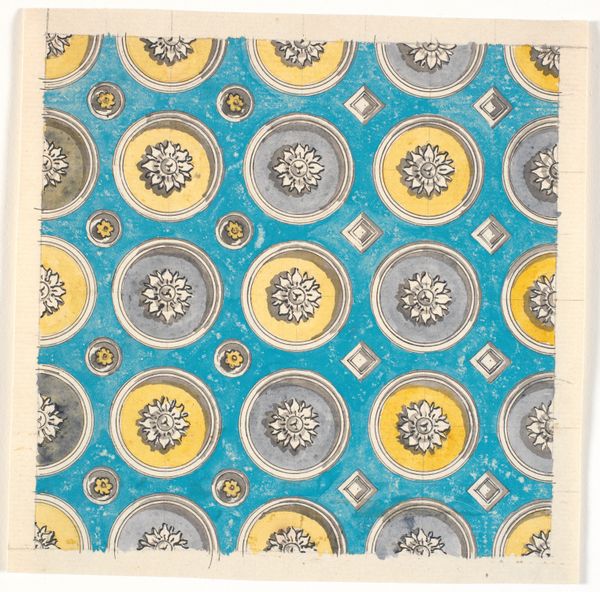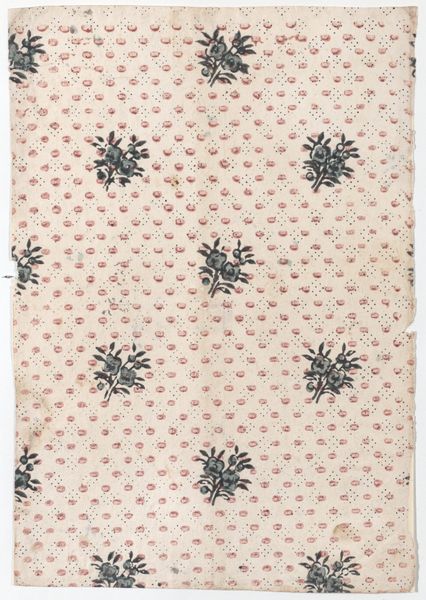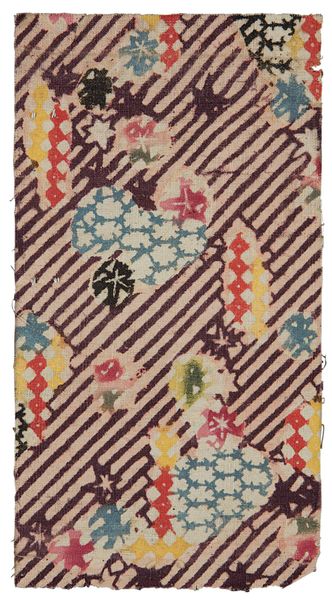
drawing
#
drawing
#
natural stone pattern
#
naturalistic pattern
#
organic
#
geometric pattern
#
abstract pattern
#
organic pattern
#
flower pattern
#
repetition of pattern
#
pattern repetition
#
decorative-art
#
layered pattern
#
combined pattern
Dimensions: overall: 29.8 x 26 cm (11 3/4 x 10 1/4 in.)
Copyright: National Gallery of Art: CC0 1.0
Curator: Welcome. Before us, we have "Flower Patterns," a drawing attributed to Josef Hoffmann. Notice the seemingly endless array of floral motifs. Editor: The initial effect is somewhat jarring, wouldn't you say? The varying sizes and the sheer quantity of flowers against that somber backdrop... it's a busy piece. Curator: Indeed. Let us consider, though, the relationship between form and function. The drawing, executed with what appears to be pencil, emphasizes a network of repetitive forms. Look at the careful construction. It's decorative art at its finest, highlighting pure geometry within the botanical world. The drawing is rendered through evident grid-like patterns, reflecting a serial production system. Editor: I'm immediately drawn to the artist's process. The very visible lines suggest a mechanical production, as if the individual artist were made redundant to a larger mechanical task, more anonymous to his work. Also, the coloring application, how carelessly those blossoms are adorned with pigment... it brings an industrial method into an ornamental, aestheticized pattern. Curator: A fascinating counterpoint. You draw attention to what one might see as imperfections in the coloring or drawing; these elements invite closer contemplation. See how the forms generate movement in two-dimensional space? There’s dynamism amidst order. Each floral shape is uniquely drawn as an emblem of a serial type. Editor: But who is it FOR? The pattern could adorn fabric, perhaps, bringing a mechanized image of "nature" into the bourgeois household. Its real subject matter is the means of its distribution, how readily these pretty designs are proliferated at the level of artistic production as a type of commodity. Curator: The organic and the geometric coexisting, perhaps even colliding. Note the varying intensities of the yellow pigmentation and the dark, almost brooding ground; this is the core. It speaks of the tensions prevalent at the turn of the century. The piece, like many others of this era, seeks to integrate these forces and explore ways forward. Editor: Seeing this today reminds me that the real "flower pattern" has now been fully replaced, by endless algorithm, with infinite reproduction in online shopping spaces, on marketplaces. We see the material processes on display here in ways we simply take for granted now. Curator: Well put. An examination of patterns on many levels... Editor: I concur! A provocative work and worthy of sustained consideration.
Comments
No comments
Be the first to comment and join the conversation on the ultimate creative platform.
